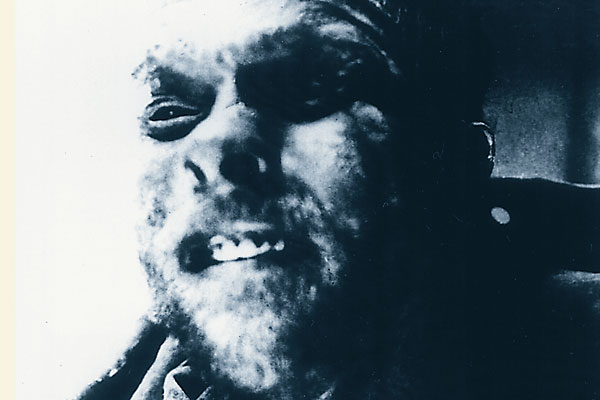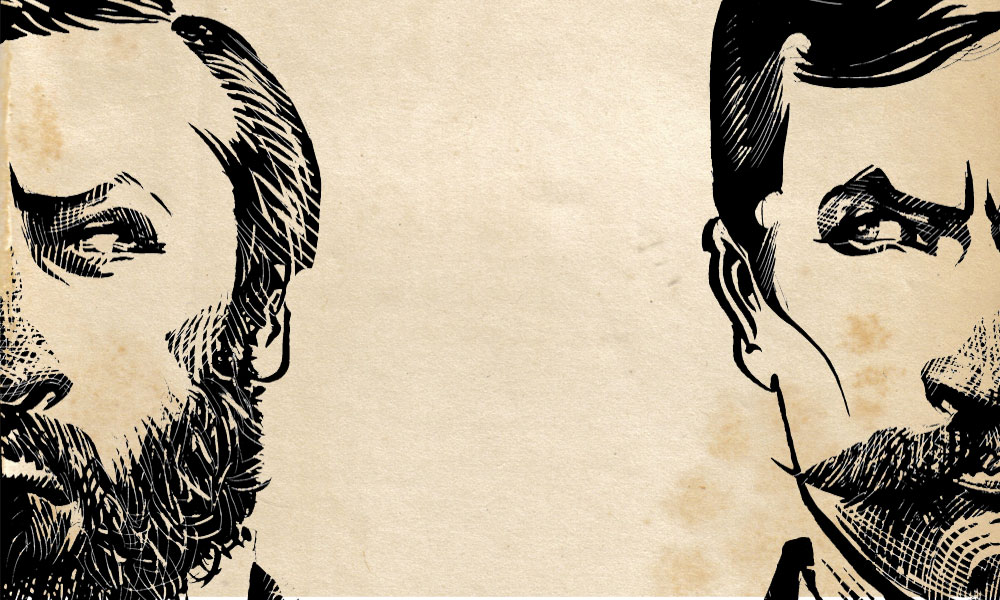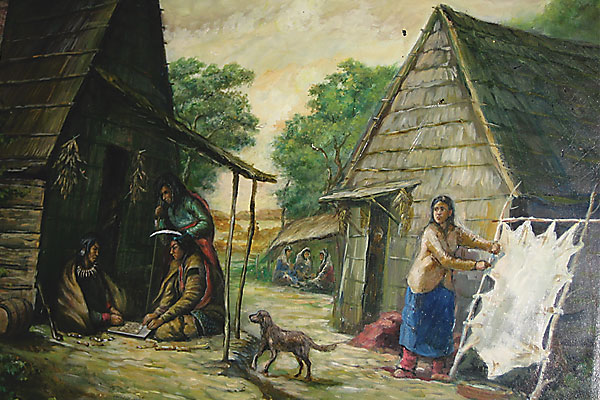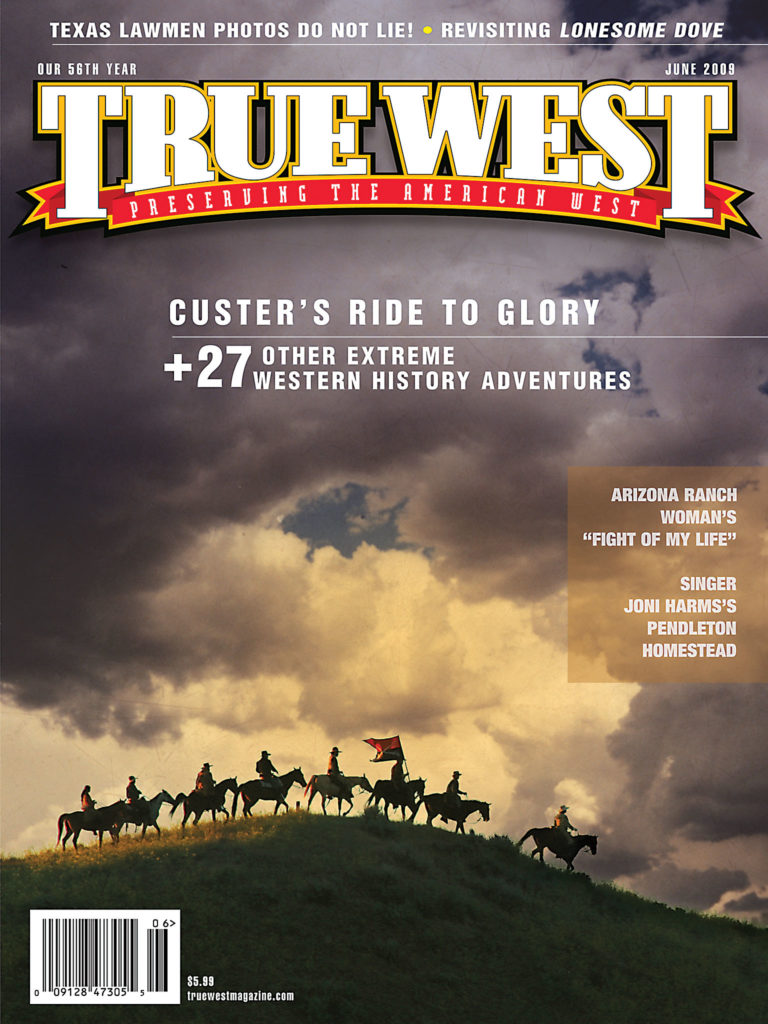 A combination of history and legend tells us that near midnight, on the eve of Christmas day 1866, a man appeared on horseback outside the gently-lit windows of the officers’ quarters at Fort Laramie in Dakota Territory.
A combination of history and legend tells us that near midnight, on the eve of Christmas day 1866, a man appeared on horseback outside the gently-lit windows of the officers’ quarters at Fort Laramie in Dakota Territory.
Seemingly immune from the frigid, hostile land that surrounded the fort, a Christmas ball proceeded inside the warm, protected building. Outdoors, a 25-below-zero wind was blowing over a foot of newly fallen snow. The rider dismounted his horse and asked to see the commanding officer of the fort. He was dressed in a buffalo overcoat, pants, gauntlets and cap. Snow matted his clothing and icicles hung from his black beard, reported Dee Brown in his 1962 book, later given a new title, The Fetterman Massacre.
The traveler was 34-year-old John “Portuguese” Phillips, one of two civilians hired by Col. Henry B. Carrington, commander of Fort Phil Kearny, to take official dispatches to Fort Laramie. In his correspondence, Carrington requested reinforcements and revealed shocking details of what is now known as the Fetterman Massacre. Sioux, Arapaho and Cheyenne warriors had wiped out 81 men, including three officers and two civilians, near Carrington’s fort, midday, on December 21, 1866.
Carrying this terrible news, “Portuguese” Phillips reportedly traveled four days by horseback, mainly at night, through 236 miles of snow-covered wilderness. He rode partway with at least three other men, but he continued the last 40 miles alone. Following his arrival, “Portuguese” suffered for several weeks from exhaustion and severe frostbite.
Survivors of prolonged cold exposure, like “Portuguese,” often wore animal hides (e.g. wolf, elk, bear and buffalo) as coats, gloves and hats with the fur facing inward. They wrapped their boots and ankles with any available material, including old burlap sacks or worn-out clothing. While camping at night, two or more men might “spoon” with one another. Described by soldiers during the Civil War, “spooning” is the process of cuddling together, like spoons stacked upon one another. This configuration reduces the overall surface area available for heat loss and provides air spaces between bodies where heat can be trapped and conserved.
In blizzards, prepared travelers created masks with eye slits and nose holes to prevent the freezing of skin from direct exposure to wind and snow. Eye slits also helped to prevent “snow blindness” or injury to the cornea of the eye from exposure to the short ultraviolet (UVB) rays of the sun that are scattered by fallen snow.
Frostbite is an injury in which tissue freezing occurs. Especially at risk are fingers, toes, ears and nose. Clinically, frostbite can be described as being either superficial or deep. Today, both types are treated with rapid rewarming with water at temperatures between 104°F and 108°F. A dangerous and incorrect treatment for frostbite still practiced to this day is to rub the affected body part with snow, a process that can aggravate already damaged skin.
Frostbite can also be accompanied by hypothermia, the process in which core body temperature falls from the normal of 98.6°F to less than 95°F. Unlike frostbite of the extremities, hypothermia can be a life-threatening problem. At core temperatures below 95°F, the heart can beat irregularly or stop completely. Modern treatment involves slow (not rapid) rewarming of the body core, covering the patient with blankets and administering oral or even intravenous warm liquids and appropriate medications.
Not too long ago, patients without a pulse and with core temperatures below 85°F were thought to have died. Today, these patients, sometimes having been submerged in icy water, can often be resuscitated using advanced methods of rewarming in the hospital setting.
In the mountain and high plains climates of the Old West, injury and death from cold air, snow and icy waters were always a great risk to the pioneers who were willing to take the chance of overexposure. All things considered, the heroic ride of “Portuguese” Phillips had a happy ending. He braved the deadly conditions of the northern Wyoming winter and came out alive, perhaps, even with 10 fingers and 10 toes. His poor horse was not so fortunate; it died shortly after Phillips arrived at Fort Laramie, in present-day Wyoming.





